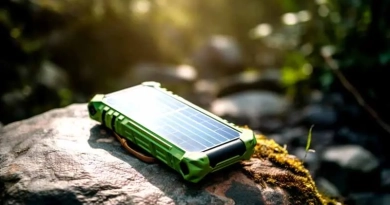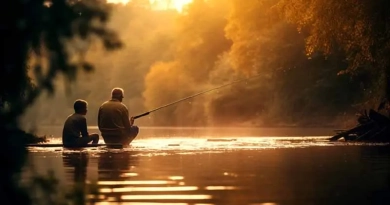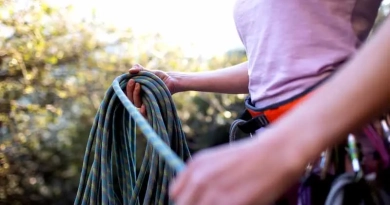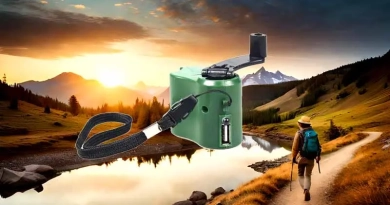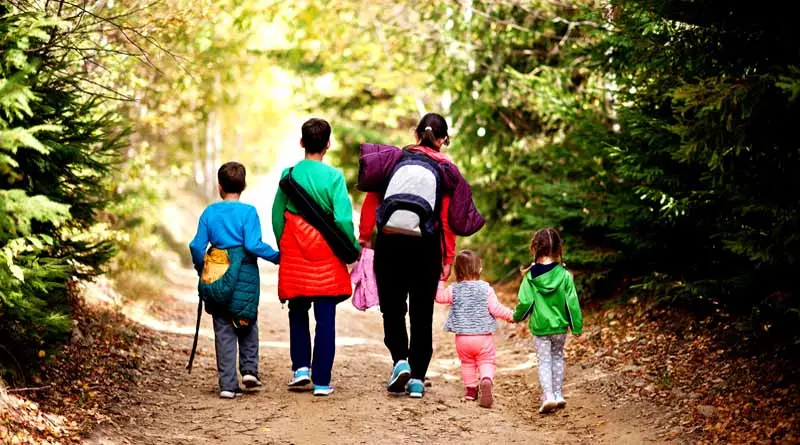
Hiking with Kids: A Guide to Making Every Step an Adventure
The morning sun peeked through the canopy as I laced up my boots, and a pair of smaller shoes lined up beside mine. Today wasn’t just another hike; it was the day I would introduce my children to the trails—a venture both exciting and daunting. What are some tips for hiking with kids? It’s a question that echoes in the minds of many adventurous parents, eager to instill a love for the outdoors in their young ones.
Deepening the Adventure: Hiking with Kids
As I tied the laces of my hiking boots with quiet anticipation, I glanced at the smaller pair of shoes next to mine. Today marked a significant milestone: the first time my children would join me on the trail. It was not just another hike; it was an initiation into a world I hoped they would grow to cherish as much as I did. But how does one effectively introduce kids to hiking, ensuring it’s an enjoyable and enriching experience for them? This question, common among adventurous parents, requires thoughtful consideration and strategic planning.
Understanding the Unique Challenges
Interest and Engagement: Unlike adults, children may not find the scenic vistas or the solitude of hiking inherently rewarding. Engaging activities and direct interactions with their environment are what spark their enjoyment. The challenge lies in making the hike feel less like a walk and more like an adventure filled with interesting discoveries and tasks.
Energy and Endurance: Children, especially younger ones, do not have the same stamina as adults. Their legs are shorter, their pace slower, and they tire more quickly. This necessitates a hike that is shorter and has plenty of stops to rest and explore.
Safety Concerns: The curious nature of children can sometimes lead them into harm’s way. They may not yet understand the dangers posed by rough terrain, wildlife, or natural obstacles. Ensuring their safety involves constant supervision and choosing trails that are appropriate for their age and skill level.
Strategizing for a Successful Hike
To transform these challenges into a successful outdoor adventure with kids, several strategies can be employed:
1. Choosing the Right Trail: It’s crucial to select trails that are not only safe and not overly strenuous for children but also interesting. Trails with features such as streams, varied landscapes, or a specific destination like a lake or waterfall tend to capture children’s interest more effectively.
2. Packing Essentials: While it’s important to pack light, essential items should not be overlooked. This includes snacks that provide energy, plenty of water, first aid supplies, and appropriate clothing for the weather. A well-thought-out pack ensures that you have all you need without being weighed down.
3. Planning Regular Breaks: Kids need more frequent breaks to rest and rehydrate. These breaks can also serve as opportunities to engage with them about their surroundings or simply to play and enjoy the moment.
Best Practices for an Enriching Hiking Experience
Engage with Nature: Utilizing the inherent curiosity of children, make the hike an educational experience. Discuss the plants, animals, and geography around you. A nature book or app can help identify various species and make the hike a learning journey.
Incorporate Play: Turn the hike into a game or a scavenger hunt by setting small, achievable goals or tasks. For example, who can spot the most birds, or who can find the prettiest rock? This approach keeps their interest peaked and teaches them to observe and appreciate nature’s subtleties.
Prioritize Snacks and Hydration: Regularly offer water and healthy snacks. Options like sliced fruits, nuts, and granola bars not only keep energy levels up but are also quick and easy to eat on the move.
Dress Appropriately: Ensure children are dressed in layers that can be easily added or removed depending on the weather. Proper footwear is crucial to preventing discomfort and injuries.
Essential Tools and Resources
Planning Tools:
- Trail Apps and Guides: Utilize applications and local guides to find trails that are suitable for families.
- Packing Checklist: Create and follow a checklist to ensure all essentials are packed, from sunscreen to hats and snacks.
Safety Gear:
- Personal Locator Beacons (PLBs): In remote trails, a PLB can be a lifesaver, ensuring that help is just a call away if needed.
- Whistles and Headlamps: Equip each child with a whistle for emergencies and a headlamp for darker conditions or late returns.
Building Lasting Bonds and Memories
As we concluded our hike and returned to our starting point, despite the evident tiredness, the joy in my children’s eyes was unmistakable. They had not only experienced the beauty of the wild but had also learned and grown along the way. Hiking with kids is more than just a walk; it’s an opportunity to bond, to instill resilience, and to foster a deep-rooted connection with nature. With patience, careful planning, and a focus on fun, every trail blazed with your children can enrich their lives and strengthen the ties that bind your family together.

